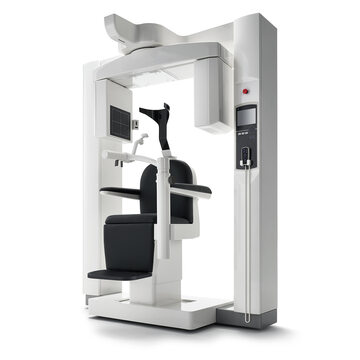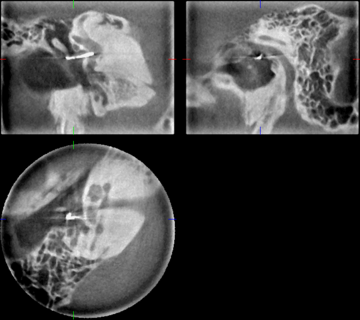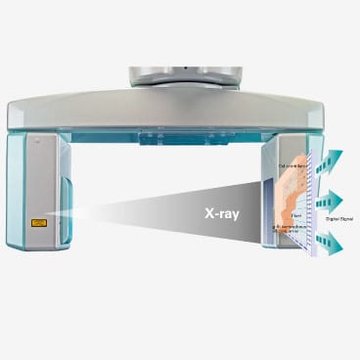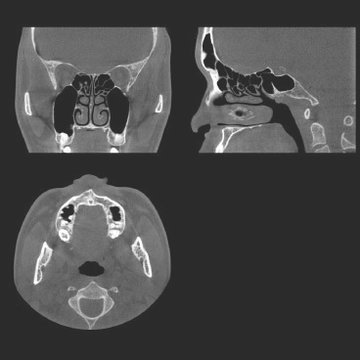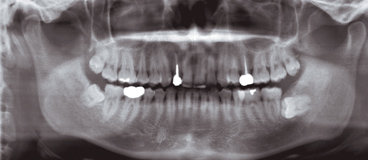Please feel free to use our e-mail back service.
More and more radiology practices are using the added value provided by CBCT as a supplement to CT. The advantages of CBCT: better detailed images because of lower slice thickness, minimal artifacts and lower radiation dosage. Radiology combines the areas of indications of dental and ENT applications: In view of the different image volumes (fields of view or FOV), it can be used in implant planning to make sure that the implants are positioned exactly, in oral and maxillofacial surgery, e.g. cleft assessment or visualization of abnormal teeth, as well as in ENT, e.g. obstructed nasal breathing, suspected sinusitis or inflammation.
-

News
Diagnostic software for archiving X-raysi-Dixel imaging software offers a range of features from the initial exposure to the final diagnosis.
Read more -
Customer Statements
Wherever possible and as long as the patient agrees to the resulting costs, I prefer using CBCT for questions regarding the osseous structures of the skull: The resolution is higher and radiation exposure lower than in the case of computer tomography. With CBCT, you always have a 3D dataset that can be viewed by the referring physician as well using the viewer that is provided free of charge.
-
 Dr. Dirk Brechtelsbauer Radiologist, Darmstadt
Dr. Dirk Brechtelsbauer Radiologist, Darmstadt
-

